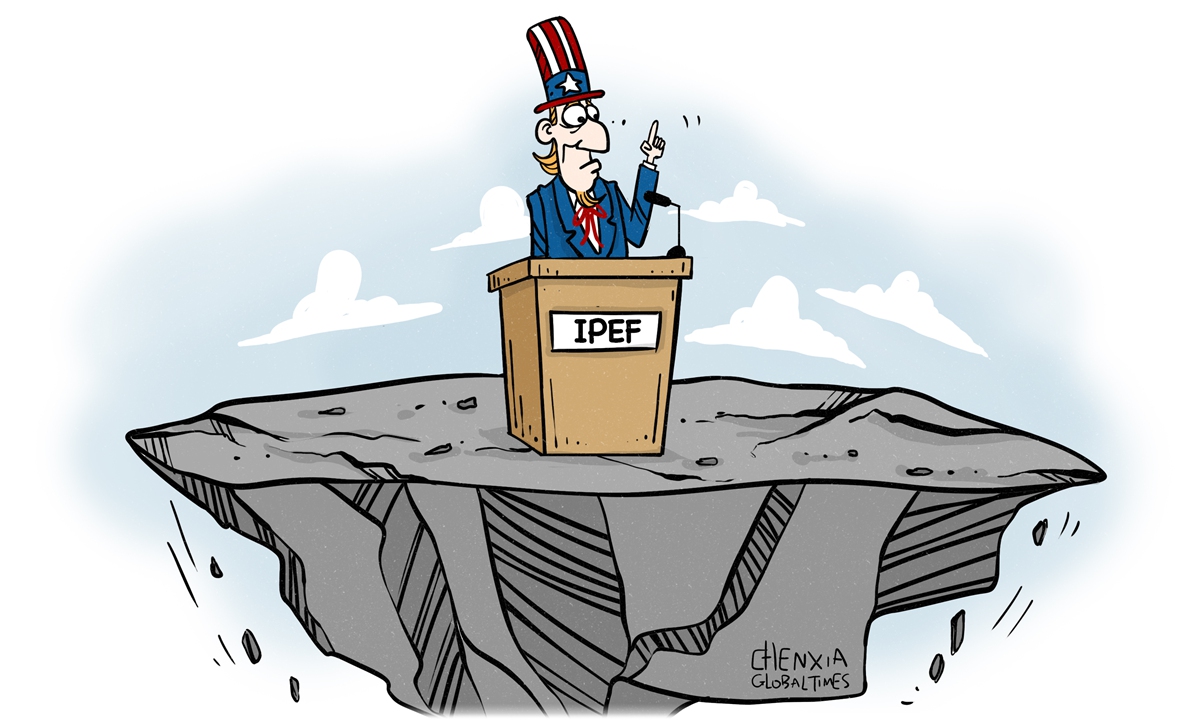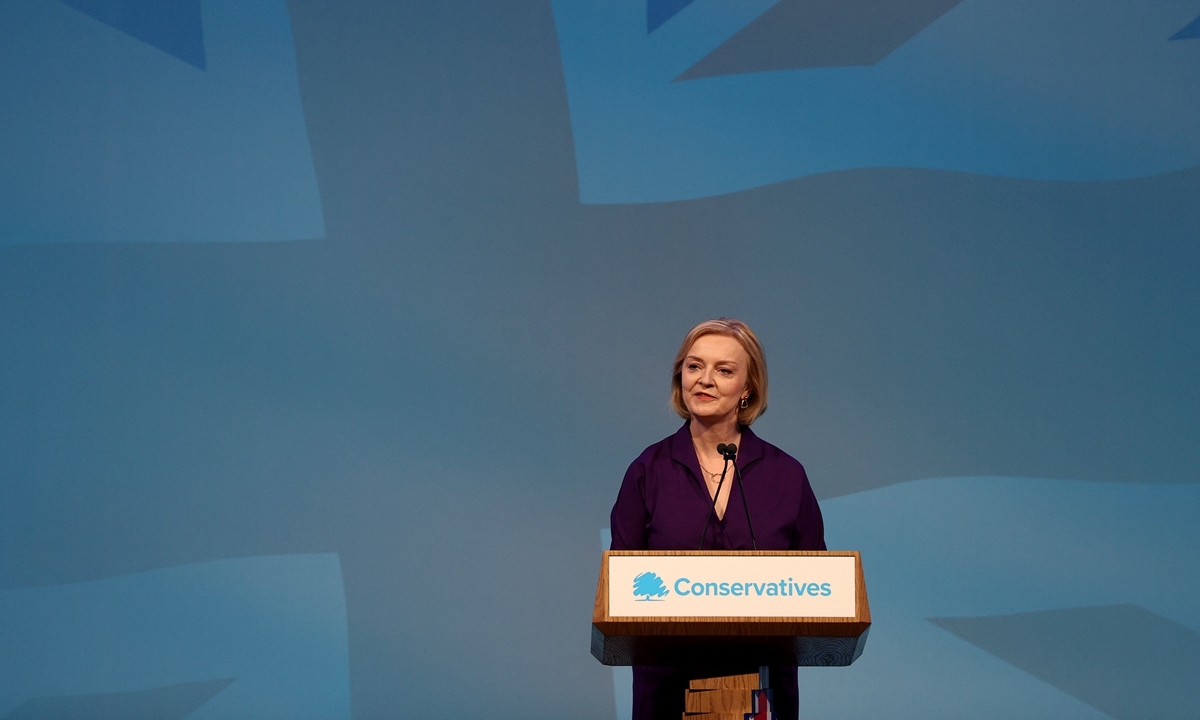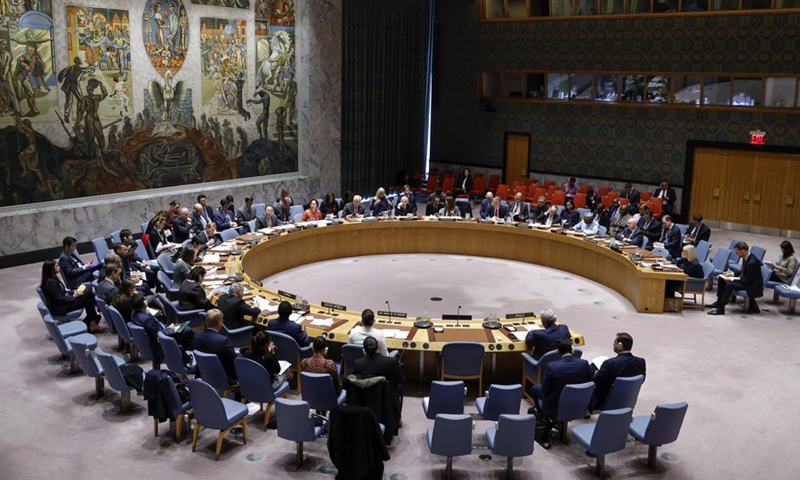Death, Indians Want Kohinoor Returned
In India, it is notorious for the way in which it was acquired by the British.
The history of the Kohinoor
When it was mined in what is now modern-day Andhra Pradesh, during the Kakatiyan dynasty of the 12th-14th centuries, it was believed to have been 793 carats uncut. The earliest record of its possession puts it in the hands of Moguls in the 16th century. Then the Persians seized it, and then the Afghans. The Sikh Maharajah, Ranjit Singh, brought it back to India after taking it from Afghan leader Shah Shujah Durrani. It was then acquired by the British during the annexation of Punjab. The East India Company got hold of the stone in the late 1840s, after forcing the 10-year-old Dunjeep Singh to surrender his lands and possessions.Read More: Countries May Cut Ties With Monarchy After Queen’s Death
The company then presented the gem to Queen Victoria. Prince Albert, her consort, asked for it to be recut and it was set in the crowns of Queen Alexandra and Queen Mary before being placed in the Queen Mother’s crown in 1937. The Queen Mother wore part of the crown at her daughter’s coronation in 1953. The Kohinoor has been among the British crown jewels since then, but governments in Iran, Afghanistan, Pakistan, and India have all laid claim to the diamond. Britain’s controversial possession of the Kohinoor diamond While no plans for the future of the gem have been disclosed, the prospect of it remaining in the U.K. has prompted many Twitter users in India to demand its return. “If the King is not going to wear Kohinoor, give it back,” wrote one Another said the diamond “was stolen” by the British, who “created wealth” from “death,” “famine” and “looting.” It is not the first time that the diamond’s return has been sought. Upon India’s independence in 1947, the government asked for the diamond back. India made another demand in the year of Queen Elizabeth II’s coronation. These demands fell on deaf ears, with the U.K. arguing that there areno legal grounds for the Kohinoor’s restitution to India.British-Indian author and political commentator Saurav Dutt says the chances of the U.K. returning the jewel are slim.
Read More: Why King Charles III Was an Unpopular Heir
True, the British recently facilitated the return of the Benin Bronzes—72 artifacts looted by British soldiers in the 19th century—to the Nigerian government. But Dutt says the British royal establishment is still “married to this romantic version of empire, even though it is long dead, and has lost its power.” The Kohinoor is a symbol of that power, Dutt argues, and in turning it over, he believes the Royals “would essentially be eviscerating themselves.” At the very least, King Charles III must acknowledge the “black history” of the Kohinoor diamond, Dutt says. “A recognition of the fact that it was obtained through stealth and deception would be a significant step at this stage, that lays the groundwork for the next generation to be able to give it back,” he tells TIME.Many Indians may not have that patience. In the wake of the Queen’s death, there is one demand on Indian Twitter: “Now can we get our #Kohinoor back?”
- The Story Behind TIME's Commemorative Queen Elizabeth II Cover
- They Were Told They’d Find Good Tech Jobs. Now They’re Being Hounded for Thousands of Dollars
- What King Charles III Means for Scotland’s Future in the U.K.
- How the Republican Party Has Evolved on Same-Sex Marriage
- Column: The CDC's Booster Recommendations May Not Provide Optimal Protection
- Venice Review: Don't Worry Darling Is Imperfect, But Not Nearly as Bad as Its Detractors-in-Advance Might Hope
- Meet Frances Tiafoe. He Might Just Save American Men's Tennis
- What We Know So Far About Queen Elizabeth II’s Funeral
Connecting Queen Elizabeth II and Queen Victoria - ThoughtCo
Inside Queen Elizabeth and Prince Charles's Complicated ...
Victoria | Biography, Family Tree, Children, Successor, & Facts
Britain's King Charles III makes first address to the nation
Related posts:






1.jpeg)



.jpeg)


 By Martin Jacques
By Martin Jacques





















